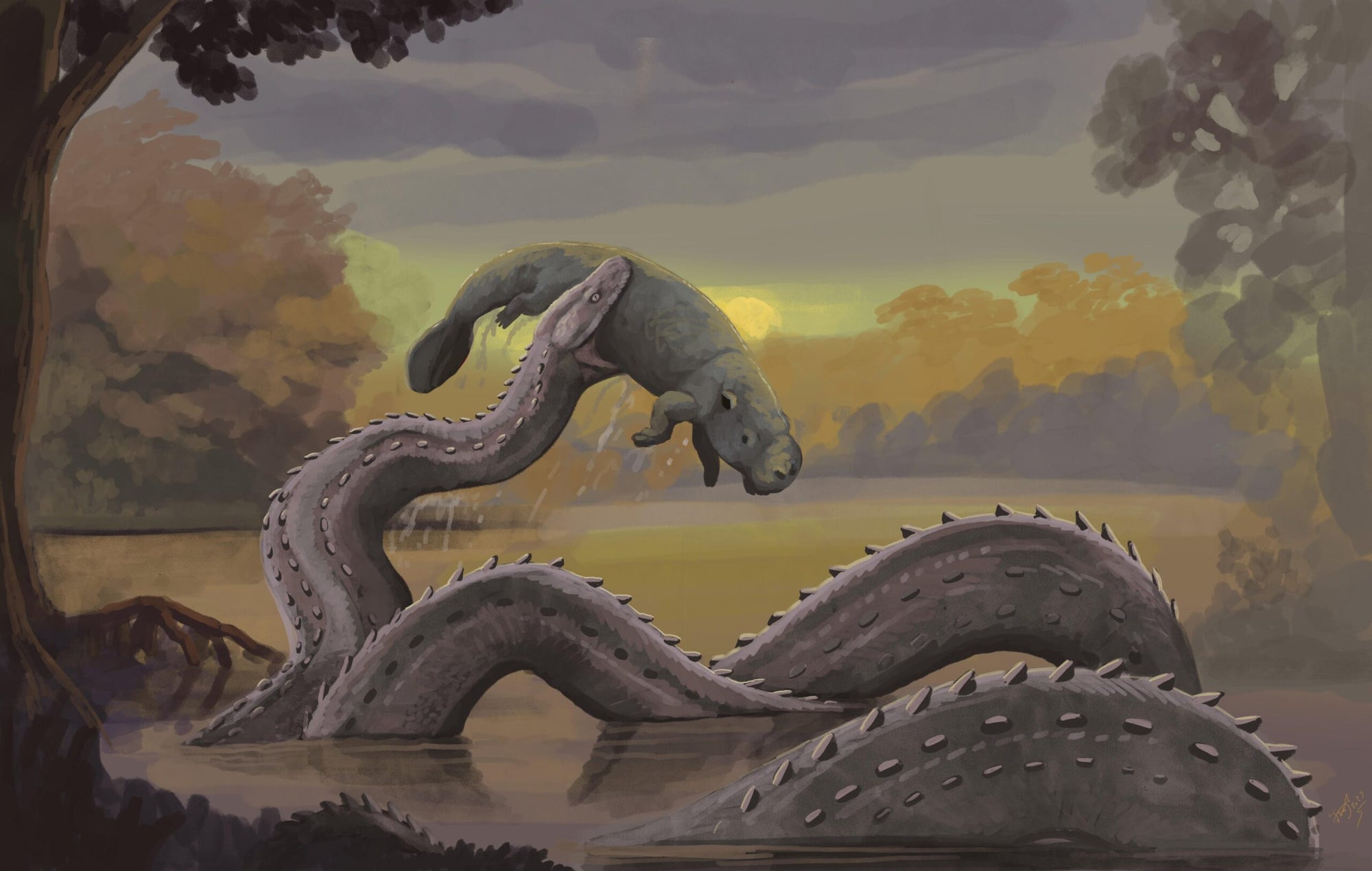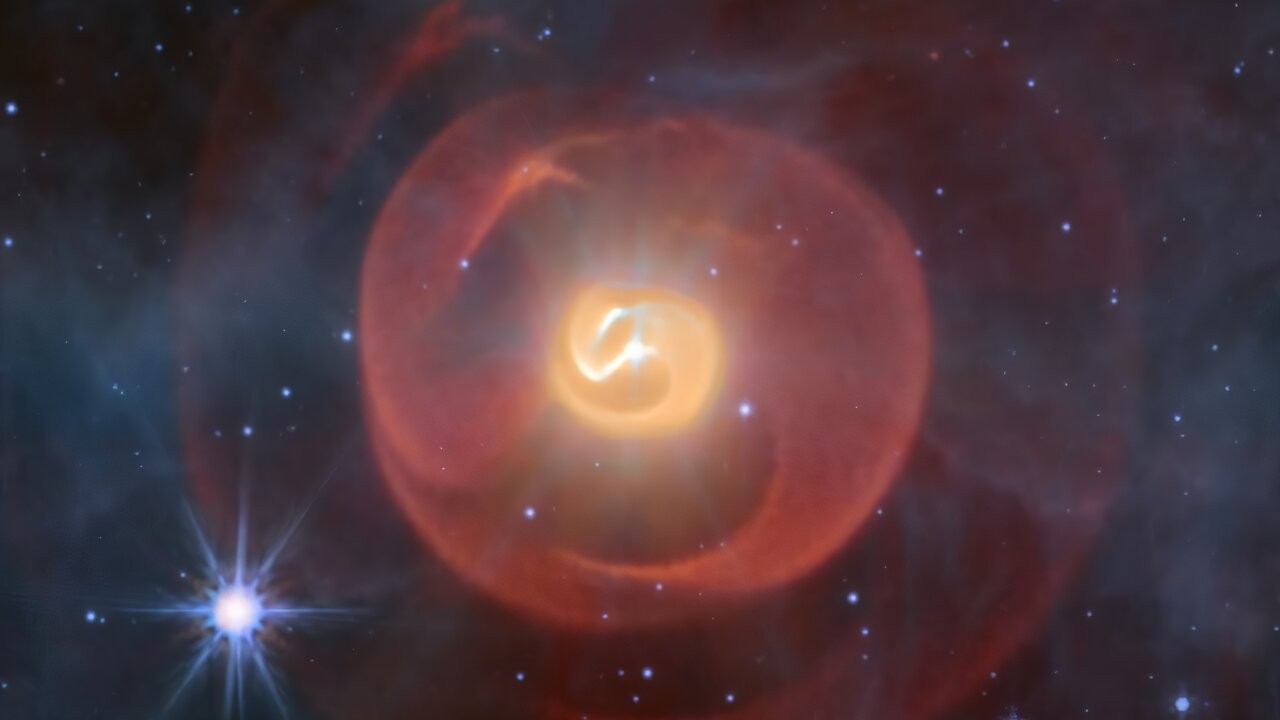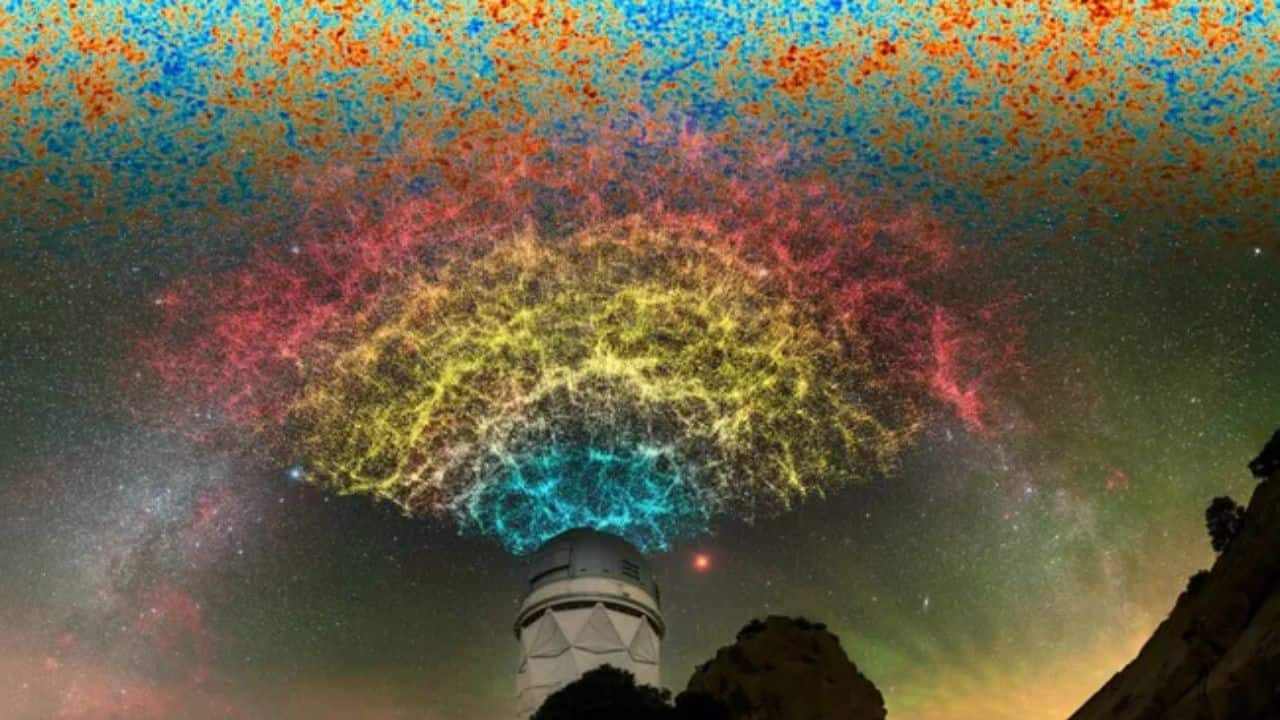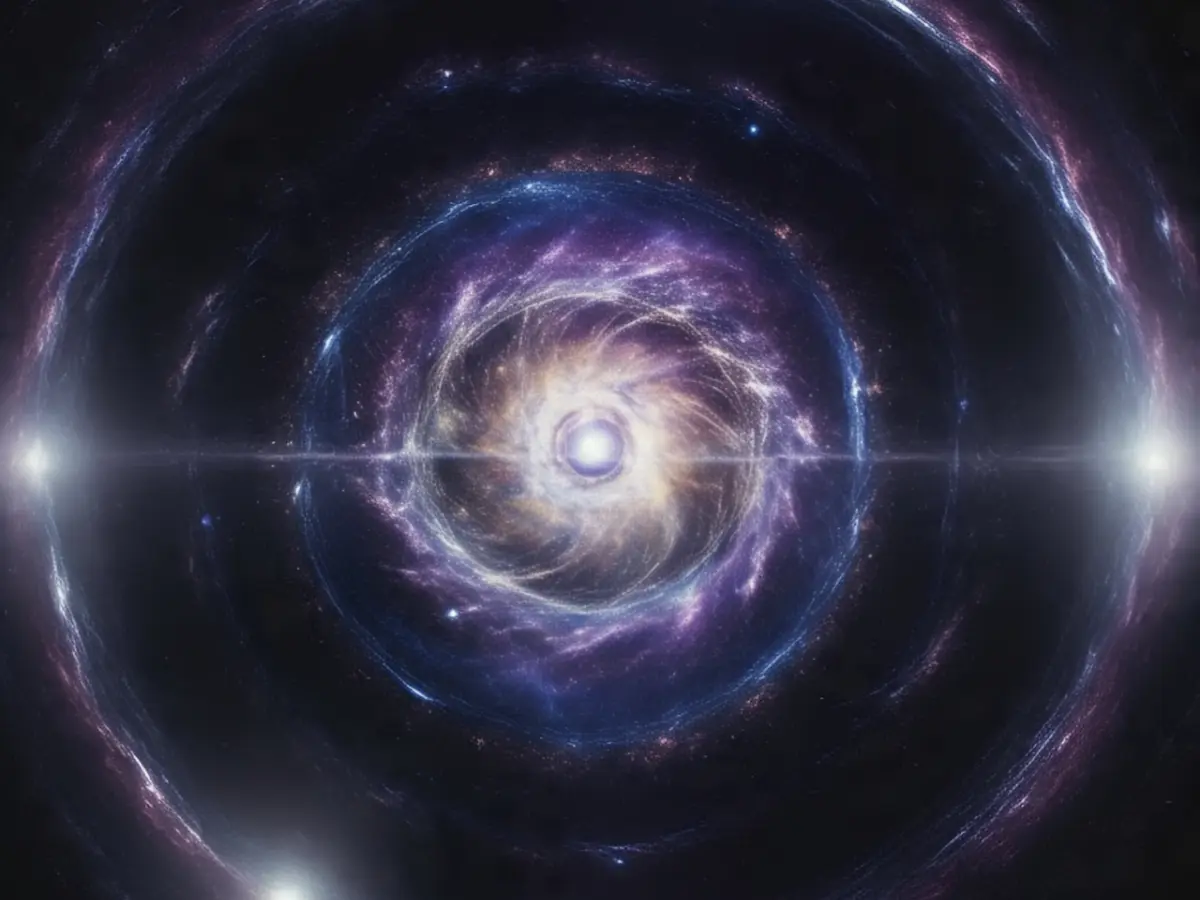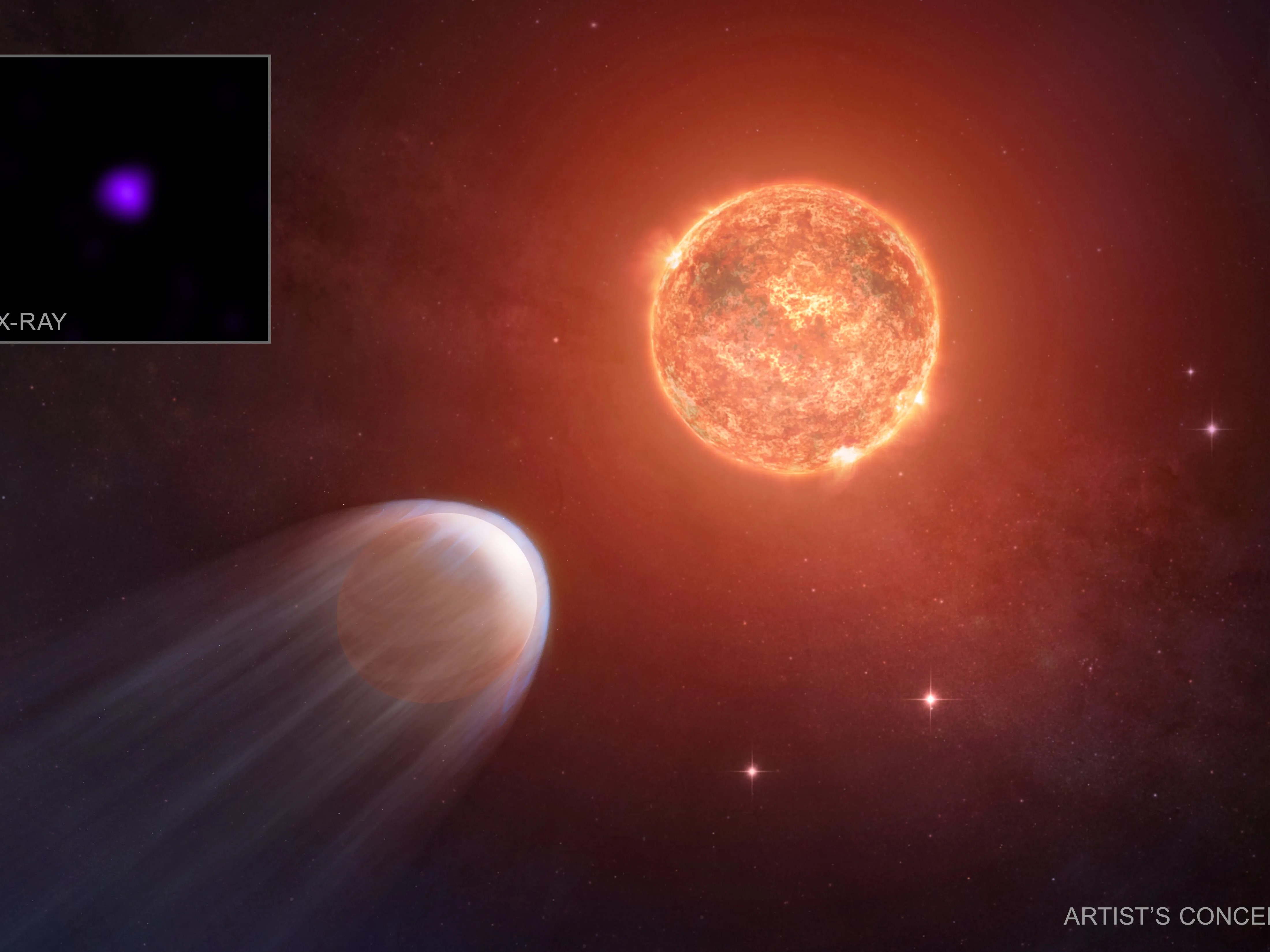Did Spiders Evolve from the Ocean? Shocking Discovery Unveils New Evolutionary Path!

What if I told you that the spiders lurking in your basement could have descended from ancient ocean dwellers? A groundbreaking study published in Current Biology has turned our understanding of arachnid evolution upside down, suggesting these eight-legged creatures might have aquatic roots instead of terrestrial ones.
Meet Mollisonia symmetrica, the star of this eye-opening research. This isn’t just any fossil; it’s a mid-Cambrian arthropod that swam the seas over 500 million years ago! Initially believed to be an ancestor of horseshoe crabs, its neural structure has now captured the interest of neuroscientists across the globe.
Researchers from the University of Arizona and King’s College London utilized advanced microscopy to delve into Mollisonia's brain, revealing an astonishing similarity to the neural makeup of modern arachnids. This discovery challenges long-standing beliefs about arachnid evolution, suggesting that these creatures may have emerged from marine environments rather than from land-dwelling ancestors.
So, why is this fossil brain discovery so monumental? The organization of an animal's nervous system can unveil crucial insights about its evolutionary lineage. In Mollisonia's case, the arrangement of its nervous system displayed unique patterns characteristic of marine arthropods, such as sea spiders and horseshoe crabs. This revelation implies that arachnids potentially evolved from oceanic ancestors and adapted to terrestrial life over millions of years.
To put it simply, this research may mean that spiders and scorpions share a deeper connection with our oceans than we ever imagined. If you’re wondering how these ancient ocean inhabitants transitioned onto dry land, the answer might be hidden in their neural adaptations.
The intricate design of Mollisonia's brain, which includes specialized neural pathways for movement, could have provided early arachnids with a distinct advantage. These “neural shortcuts” likely enabled them to perform complex movements—like walking and weaving webs—which would have been essential for survival in a land-based environment.
While the research on Mollisonia is still unfolding, it has opened up a new chapter in our understanding of arachnid evolution. If this theory holds water, we may need to rethink how some of the planet's most successful predators came to be. Additionally, it prompts intriguing questions about other life forms that might have made the leap from ocean to land. Are there more creatures out there with hidden aquatic ancestries waiting to be uncovered?















